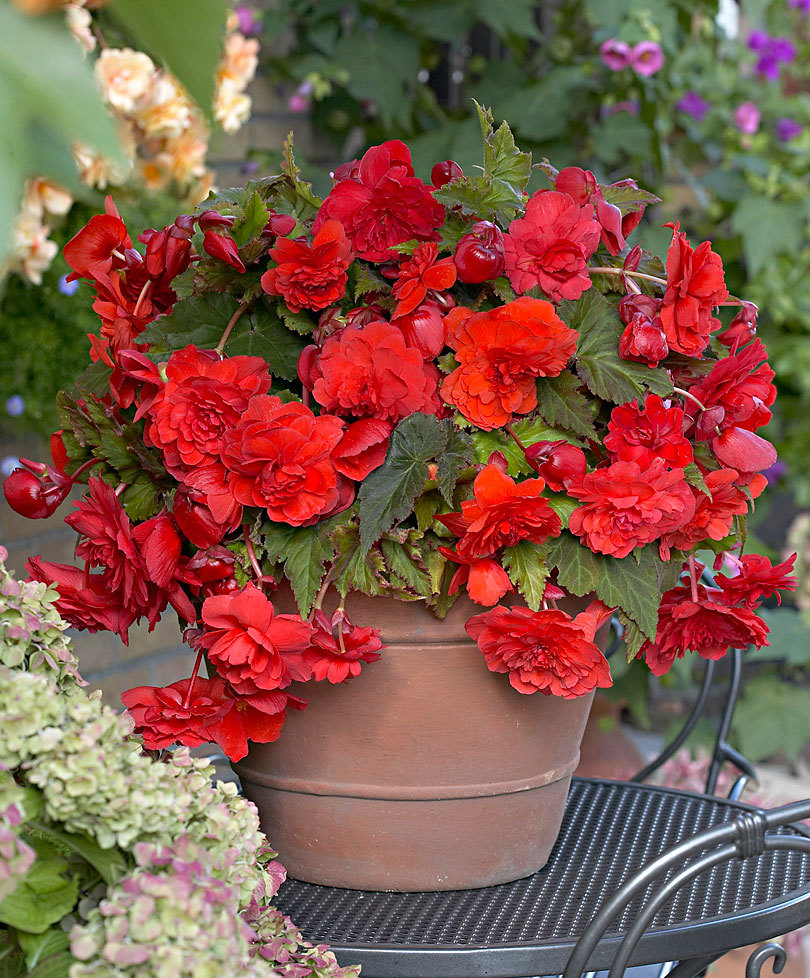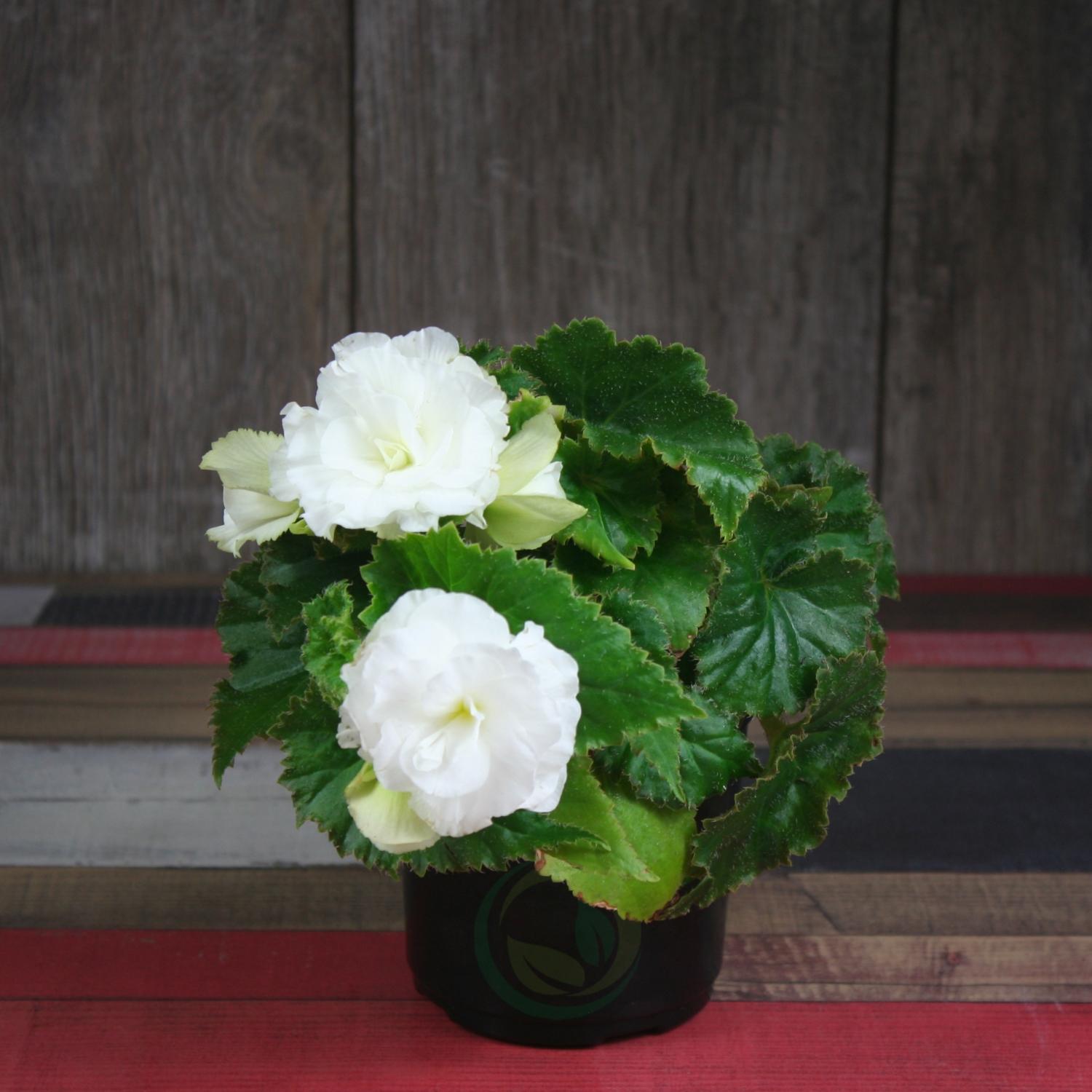Experienced growers probably know what begonia looks like. After all, this is the most popular genus in the begonia family, which includes more than a thousand species. The habitual habitats of begonias are humid tropical and subtropical forests and mountainous regions of America, Asia and Africa.
For the first time, the world was able to get acquainted with this plant thanks to the data provided by the French botanist Charles Plumier. This happened in 1687 during a scientific expedition to the Antilles, in which this specialist was also invited.
This research was initiated by Michel Begon, who served as Governor of Sao Domingo (western part of the island of Haiti). Having stumbled upon a hitherto unknown plant, Charles did not think long about its name. As a result, he decided to dedicate it to the governor. Subsequently, this plant began to be often found in other places of the planet.
Content
Features of begonias
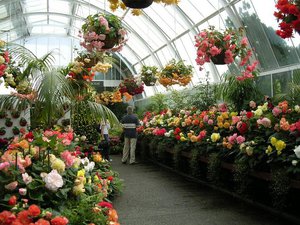 The high popularity of begonias has led to the fact that today they are also cultivated at home. However, in an apartment it turns out to be undersized, not exceeding 50 cm in height.
The high popularity of begonias has led to the fact that today they are also cultivated at home. However, in an apartment it turns out to be undersized, not exceeding 50 cm in height.
The attractiveness of begonias is given decorative spotted leaves and flowers that can be mistaken when meeting for roses, peonies or camellias. Indoor begonia enters the flowering phase in the first month of summer, continuing to delight the owner until the end of autumn.
A wide variety of begonias allows you to enjoy not only rich color palette, which includes white, red, yellow, pink, burgundy, cream and other shades. It also pleases with an unusual shape, which can be simple, folded, fringed, terry or ampelous.
Caring for ampelous begonia at home
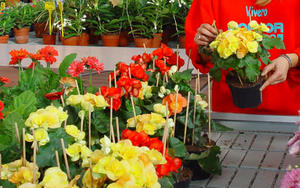 If you want begonia to delight you with beautiful flowers every season, then on the first day it needs to provide the appropriate course. Growing this flower in an apartment is not so difficult.
If you want begonia to delight you with beautiful flowers every season, then on the first day it needs to provide the appropriate course. Growing this flower in an apartment is not so difficult.
And, although this plant is considered unpretentious and is highly resistant to various diseases, however, it is still necessary follow certain rules when growing it. Then begonia will delight with its flowering from early summer to late autumn.
In the summer, begonia can bring even more aesthetic pleasure if transplanted from a pot into the open ground. It is necessary to care for this plant not only in summer, but also in winter.
- An obligatory operation at this time of the year is the pruning of shoots, which is carried out after the end of flowering and at the first signs of dying off of leaves and stems. The tubers themselves can be kept in dry ground.
- Watering the begonia is not required at this time of year. Tubers can be stored in a pantry, where excellent conditions are created for them due to the lack of light and a low temperature of + 10 ... + 12 degrees Celsius.
- With the onset of spring, the tubers are planted in a pot, and from that moment they begin to water regularly.
- Sometimes a plant has a lot of shoots.In this case, you need to remove everything except one or two of the strongest shoots.
Required temperature and watering rules
 Begonia grows best at home if the room temperature is maintained at + 14 ... + 22 degrees Celsius. If it gets very hot and the temperature rises to + 25 degrees Celsius, then this negatively affects the development of begonias.
Begonia grows best at home if the room temperature is maintained at + 14 ... + 22 degrees Celsius. If it gets very hot and the temperature rises to + 25 degrees Celsius, then this negatively affects the development of begonias.
When laying tubers for winter storage, they need to ensure darkness and temperature conditions within + 5 ... + 12 degrees Celsius. It is very important that the temperature remained constantand also there were no drafts.
When grown in winter, it is not required to water the begonia, but from time to time you can add water to the panto avoid drying out the tubers. For storage, the tubers are placed in peat or sand, which must also be kept moist.
In the summer carry out abundant wateringhowever, they begin to do this only after the evaporation of moisture from the upper soil layer. Already from October, watering begins to be carried out less and less and in smaller quantities.
Since tuberous begonia has underdeveloped roots that are located near the surface, during flowering, the plant must be provided with the maximum amount of moisture.
However, care must be taken that the water does not stagnate, otherwise it can lead to decay of the roots. It is forbidden to pour water only into the middle of the flower. If you do this quite often, then it can also provoke rotting of the tuber.
Lighting and humidity
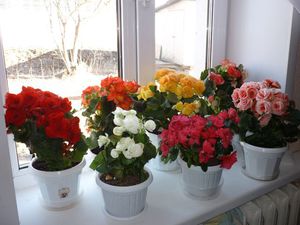 For normal development in the room where begonia is grown, there must be bright diffused light... It is imperative to protect the plant from direct sunlight.
For normal development in the room where begonia is grown, there must be bright diffused light... It is imperative to protect the plant from direct sunlight.
Begonia can be under the bright sun for only a few hours in the morning or evening. This will benefit her, especially at the end of summer, when the air temperature begins to drop.
Given that begonia is a tropical plant, it needs provide high humidity air not less than 60%.
- Spraying can be done in early spring, but only before the beginning of its flowering. Moisture on the petals is fraught with the fact that they will begin to turn yellow, so it is best to spray the air around the flower perimeter.
- In summer, there are days when the sun starts to get hot. In this case, additional cooling of the begonia is necessary. For this, the container with the flower can be placed on a pallet filled with damp pebbles. A good effect is provided by immersing the flowerpot in wet peat or sawdust.
Top dressing
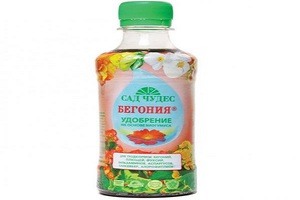 To grow begonias at home, it is necessary to prepare a suitable substrate, which should not only be highly fertile, but also have a neutral acidity reaction.
To grow begonias at home, it is necessary to prepare a suitable substrate, which should not only be highly fertile, but also have a neutral acidity reaction.
Top dressing should be carried out every 10-12 days... When fertilizing a plant, you should pay attention to the following factors:
- the lighting should be good and the temperature in the room too, since in good conditions the feeding is absorbed much better;
- the plant should be fertilized in the evening, 2−3 hours before the start of complementary feeding, the soil should be well moistened;
- make sure that the fertilizer does not come into contact with the begonia.
Don't overdo it! Probably it the most important point when fertilizing a flower, because an excess of fertilizer can lead a flower to toxicosis, and later to death.
Moreover, it is recommended to abandon the use of nitrogen-containing fertilizers. After all, the effect from them will be completely different than the one that plants need: due to nitrogen, the stems become more watery, and this increases the likelihood of their decay.
How to propagate begonia
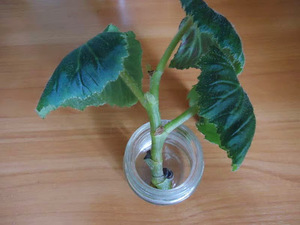 To obtain new bushes, you can use several propagation methods: sowing seeds, dividing the tuber, cuttings.
To obtain new bushes, you can use several propagation methods: sowing seeds, dividing the tuber, cuttings.
The best thing use tubers or cuttings, since the begonia grown from them retains the characteristics of the mother plant. It is not possible to achieve the same effect by sowing seeds.
If you want to get new varieties at home, then it is recommended to use it for reproduction. sowing method... Then, in just one year, you can acquire a large number of new tubers with excellent decorative properties of flowering plants.
However, you need to immediately prepare for the fact that seed reproduction will require a lot of time and effort. It should be noted that grown begonia from seeds has flowers of different sexes, which can be determined by their appearance.
If necessary, you can carry out artificial pollinationusing a paintbrush. As a result, in the fall, a fruit will grow in the form of a box containing very small seeds, and already from them you can get new flowers.
How to grow begonia from seed
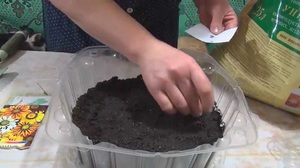 Sowing seeds is recommended to plan for the New Year. It is also permissible to carry it out a little later until the first decade of February. Before landing, you need prepare suitable soil, which should have a light composition so that moisture is well absorbed.
Sowing seeds is recommended to plan for the New Year. It is also permissible to carry it out a little later until the first decade of February. Before landing, you need prepare suitable soil, which should have a light composition so that moisture is well absorbed.
The optimal soil mixture is considered, prepared on the basis of a leaf substrate, river sand and humus in a ratio of 1: 1: 2. After filling the box, the ground is leveled, and then place seeds on the surface... You do not need to deepen them.
After this, the planting is watered with standing water at room temperature using a spray bottle. Next, a box of seeds cover with glass and transfer to the battery. Seeds germinate most quickly if the room temperature is maintained at + 24 ... + 27 degrees Celsius.
Important daily spraying, airing... This is especially necessary at the stage of seed germination, as it will help to avoid the condensation that appears on the glass to get on the seedlings.
Seedling care and picking
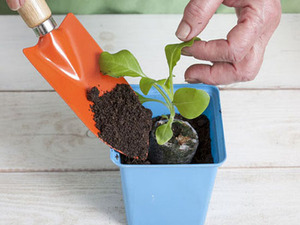 Within a week from the moment of emergence, the seedlings can be transferred to a cooler place. When a few more weeks have passed, the glass can be removed completely.
Within a week from the moment of emergence, the seedlings can be transferred to a cooler place. When a few more weeks have passed, the glass can be removed completely.
Considering that the daylight hours are short in winter, seedlings need to be highlighted with the help of a phytolamp, which is turned on for 3-5 hours in the morning and evening.
When three more weeks have passed, and the sprouts have formed two true leaves, make a pick... For the first time, the plants are planted no closer than 2-3 cm from each other. A month later, the next pick is carried out.
Now the distance between seedlings is increased to 5-6 cm.At least once a week it is necessary to feed: for this use a weakly diluted solution of mineral fertilizers.
When stable warm weather sets in, which usually occurs in May, the seedlings transplanted into separate pots with a capacity of 0.5 liters.
Before planting, drainage must be laid on the bottom with a layer of 12 cm.A soil prepared from leafy earth, humus and sand, taken in a ratio of 4: 1: 1, is already laid on it.
Among the popular ornamental plants, begonia stands out, which most experienced gardeners know about. Against the background of other relatives, she it has beautiful flowers... Today it can be grown at home, because this plant is quite unpretentious, so there will be no special problems in growing and caring for it.
